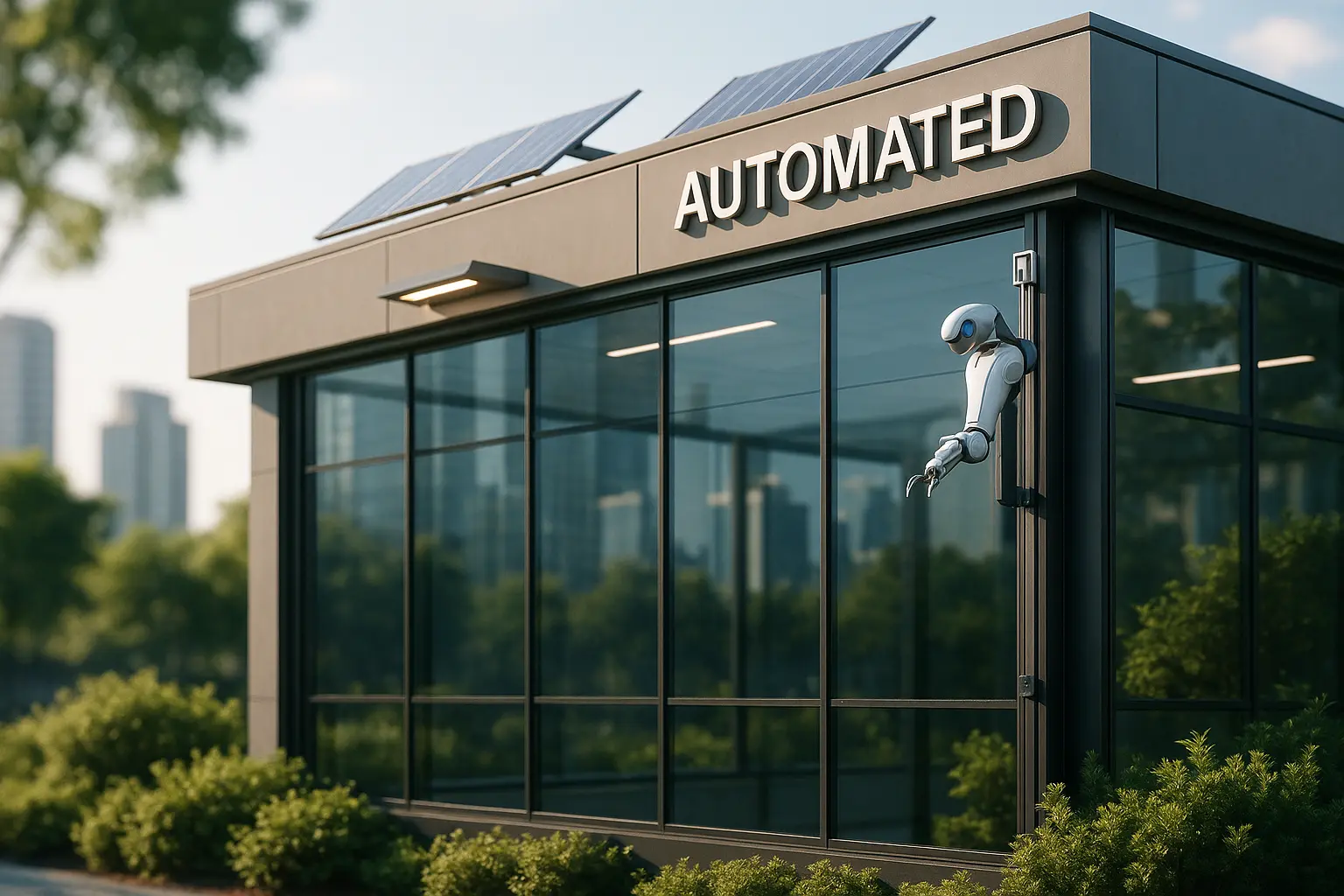The rise of smart building technologies is reshaping our urban landscapes. As we stand on the brink of a fully automated future, the synergy between buildings and technology has become more pronounced than ever. These systems are no longer a thing of the future; they are tangible, thriving realities changing the face of the industry. Today, we’re diving deep into the realm of Building Automation Systems (BAS), which promise to revolutionize everything from energy efficiency to lighting and HVAC controls. Let’s explore how these technologies are reshaping our world, making it more efficient, sustainable, and smart.
The Core of Building Automation Systems
At the heart of Building Automation Systems lies the concept of integration. These systems provide a seamless connection between different building components, such as lighting, HVAC, and security, turning them into a cohesive unit that can be easily managed and controlled. In essence, BAS is the brain of a building, orchestrating various technologies to optimize energy consumption and improve the overall efficiency.
Understanding the Basics
A Building Automation System employs a network of sensors, controllers, and actuators to gather data from various parts of a building. This data is processed to make informed decisions on resource management, ensuring that systems are running optimally. Consider it like a sophisticated orchestra, where each instrument plays its part in harmony with others to create a beautiful symphony.
The Role of IoT
The Internet of Things (IoT) has played a pivotal role in the advancement of BAS. By enabling real-time data collection and reporting, IoT technologies have made it possible to monitor and control building systems from anywhere, at any time. This constant stream of information allows for proactive maintenance and quicker response to potential issues, ensuring buildings are always operating at peak efficiency.
Energy Efficiency and Cost Savings
In today’s world, where energy conservation is a pressing concern, Building Automation Systems offer a beacon of hope. By optimizing energy usage, these systems can significantly reduce operational costs, making them a wise investment for building owners and managers.
Optimizing Energy Usage
A key feature of BAS is its ability to monitor and adjust HVAC settings to match the needs of the building’s occupants. By analyzing usage patterns, the system can predict when and where energy is needed most, reducing waste and ensuring comfortable conditions without unnecessary consumption. It’s like having a personal assistant who knows when to cool or heat your space, turning off systems when they’re not needed.
Financial Benefits
The financial implications are significant. By reducing energy costs, businesses can see a return on investment in just a few years. This financial benefit, combined with increased efficiency, makes BAS an attractive option for companies aiming for sustainable growth. Furthermore, government incentives for energy efficiency can further enhance the cost-effectiveness of implementing such systems.
The Future of Smart Buildings
As we look ahead, the potential for Building Automation Systems is immense. With advancements in technology and increasing adoption of IoT, the future of smart buildings is bright. These systems are set to become more sophisticated, offering even greater control and efficiency.
The Role of AI
Artificial Intelligence (AI) is poised to take BAS to the next level. By learning from past behaviors and predicting future needs, AI can enhance the decision-making process, leading to smarter and more efficient systems. Imagine a building that knows your preferences and adjusts the air conditioning and lighting accordingly, ensuring comfort while reducing energy usage.
Market Growth
The market for Building Automation Systems is expected to grow exponentially, driven by a surge in demand for smart buildings. As industries recognize the multitude of benefits offered by BAS, the adoption rate is likely to skyrocket, cementing its status as a cornerstone of modern architecture.
The evolution of Building Automation Systems marks a pivotal moment in the journey toward smart buildings. As we embrace these technologies, we stand to gain from increased energy efficiency, reduced costs, and enhanced control over our environments. BAS is not just an innovation; it is a necessity for the modern world, driving us towards a future where buildings are as intelligent as the people who inhabit them. By leveraging these cutting-edge systems, we are not just building structures; we are constructing a legacy of sustainability and innovation.
FAQ
What are automated building systems?
Automated building systems refer to integrated technology solutions designed to control and manage various aspects of building operations, such as HVAC, lighting, security, and energy management, enhancing efficiency and comfort.
How do automated building systems contribute to energy efficiency?
These systems optimize energy consumption by using real-time data to adjust lighting, heating, and cooling according to occupancy and external conditions, thereby reducing waste and lowering energy costs.
What are the main components of an automated building system?
Key components typically include sensors, controllers, network devices, and management software that together facilitate seamless monitoring and control of building operations.
Are there any security concerns associated with automated building systems?
While these systems can enhance security through advanced monitoring and access control, they may also be vulnerable to cyber threats if not properly secured with encryption, regular updates, and robust firewalls.
Can automated building systems be integrated with existing infrastructure?
Yes, many modern systems are designed for compatibility with existing infrastructure, allowing for gradual upgrades and integration without the need for complete overhauls.



